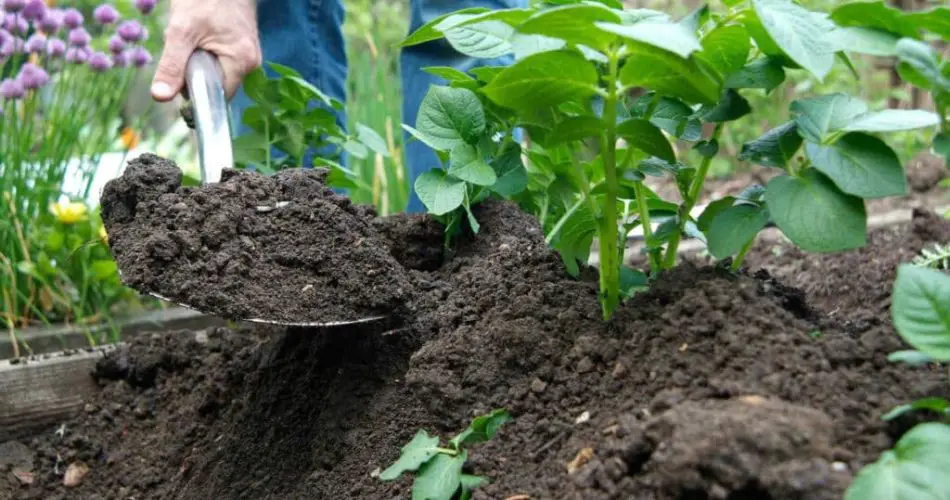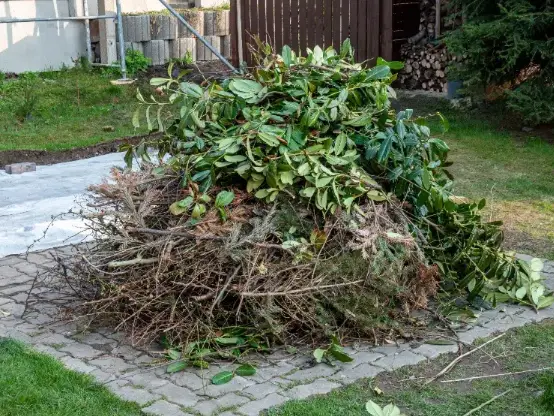Growing potatoes is not just a task but an exciting journey that promises a bountiful harvest if done right. Aside from proper planting and care, knowing the secrets of timely and correct hilling can significantly boost your yield.
Why is it Important to Hill Potatoes?
Hilling is more than just a farming technique; it’s crucial for achieving a high-quality, abundant harvest. Here are the key benefits:
- Increased Nutrition Area: Hilling stimulates the growth of new roots, expanding the area for absorbing nutrients and moisture.
- Frost Protection: The mounds formed by hilling act as insulation against soil frosts, safeguarding young potato sprouts.
- Improved Aeration: Loosening the soil through hilling enhances oxygen access to the root system, promoting healthier plant growth.
- Weed Control: Hilling helps to eliminate weeds, preventing them from competing for nutrients and potentially spreading diseases and pests.
- Stimulated Tuber Formation: By hilling around the base of the stems, you encourage the development of new stolons, where potatoes form.
How Often to Hill Potatoes?
The frequency of hilling can vary based on potato variety, soil conditions, climate, and overall plant health. As a general guideline, aim to hill potatoes two to three times during the growing season:
- First Hilling: Conducted shortly after seedlings emerge, typically when plants reach a height of 5-10 cm.
- Second Hilling: Done about 2-3 weeks after the first hilling, when stems have grown to 20-30 cm.
- Third Hilling (Optional): Some growers opt for a third hilling just before flowering.
When Not to Hill Potatoes?
Avoid hilling potatoes during the flowering stage. Disturbing the plants at this crucial time can damage flowers and buds, negatively impacting fruit formation and yield.
How to Hill Potatoes Correctly?
Use a hoe, hiller, or cultivator for hilling potatoes effectively. Here’s how to do it properly:
- Depth: Avoid burying the plant too deeply to prevent stem rot and yield reduction.
- Evenness: Ensure all plants in a row are hilled evenly to provide uniform access to nutrients and moisture.
- Timing: Refrain from hilling right after rainfall to prevent soil compaction, which hinders oxygen uptake by the roots.
By following these simple yet crucial tips for hilling potatoes, you can enhance their growth, protect against pests and diseases, and ultimately enjoy a more abundant harvest of delicious, homegrown spuds.



